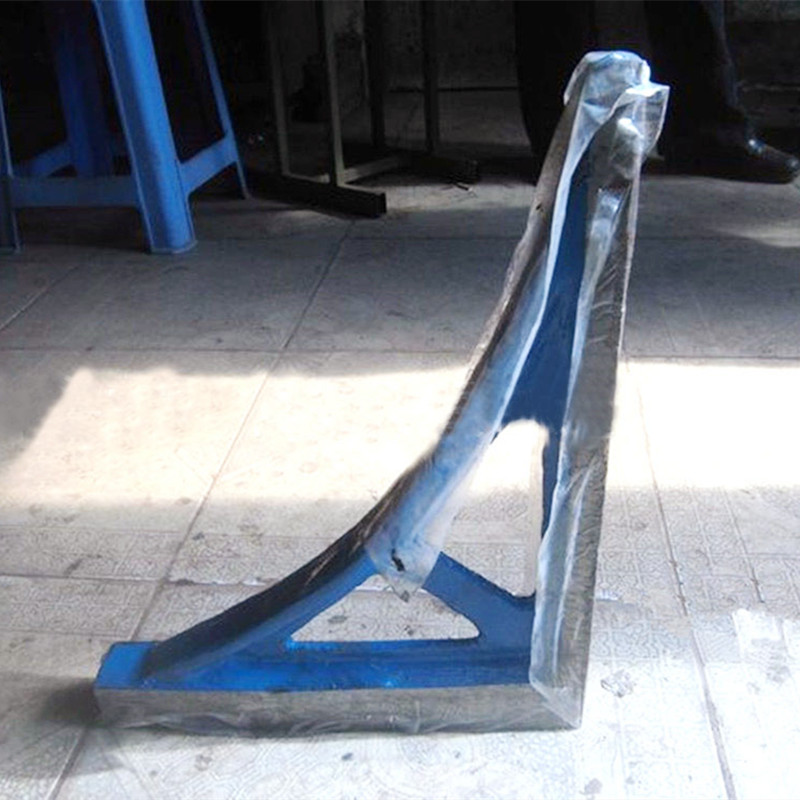Nov . 03, 2024 04:23 Back to list
water valves
Understanding Water Valves Essential Components in Fluid Control
Water valves play a critical role in various applications, from residential plumbing systems to large-scale industrial operations. These devices are essential for controlling and managing the flow of water, ensuring efficiency and safety in both domestic and commercial environments. In this article, we will explore the different types of water valves, their functions, and the importance of proper valve maintenance.
Types of Water Valves
1. Gate Valves Gate valves are designed to allow or block the flow of water effectively. They feature a wedge-shaped gate that can be raised or lowered. Typically used in larger pipelines, gate valves provide minimal resistance to flow when fully open, making them ideal for on/off control. However, they are not suitable for throttling purposes.
2. Globe Valves These valves are characterized by their spherical body and are a popular choice for regulating flow. Globe valves are effective for throttling due to their design, which creates a significant change in flow direction. This feature allows for precise control of water flow, making them suitable for applications requiring fine adjustments.
3. Ball Valves Ball valves provide a quick shut-off mechanism and are known for their durability and reliability. They utilize a hollow, perforated sphere (the ball) to control flow. When the ball is rotated, the water can either flow freely or be completely blocked. Ball valves are commonly used in applications where quick operation is essential.
4. Check Valves As their name suggests, check valves prevent backflow in pipelines. These valves automatically close if the flow of water reverses, protecting the system from potential damage. They are vital in applications such as sump pumps and wastewater management systems.
water valves

5. Pressure Relief Valves These valves are crucial for regulating pressure within a pipeline. In situations where pressure exceeds a certain threshold, the relief valve opens to release excess pressure, thereby preventing potential damage to the system.
Importance of Water Valve Maintenance
Water valves, like any mechanical device, require regular maintenance to function optimally. A malfunctioning valve can lead to leaks, pressure issues, and potential system failures. Regular inspections help identify wear and tear, ensuring that valves can operate efficiently.
One essential maintenance task is the inspection of seals and gaskets, which can deteriorate over time. Replacing these components promptly can prevent leaks and pressure loss. Additionally, valves should be exercised periodically to ensure they are not stuck due to sediment buildup or corrosion.
Conclusion
In conclusion, water valves are essential components that facilitate the control and management of water flow in various applications. Understanding the different types of water valves and their functions allows users to make informed decisions in selecting the right valve for a specific purpose. Furthermore, regular maintenance is crucial to prolonging the life of these valves and ensuring the overall efficiency and safety of water systems. Investing time and resources into proper valve care can lead to significant long-term savings and operational reliability.
-
Why Metric Trapezoidal Thread is Ideal for Precision Motion ControlNewsAug.05,2025
-
The Unique Properties of a Block of Granite for Industrial UseNewsAug.05,2025
-
The Role of Flanged Y Strainers in Preventing Pipeline ClogsNewsAug.05,2025
-
The Importance of Regular Calibration for Master Ring GagesNewsAug.05,2025
-
How a Cast Iron Surface Table Enhances Accuracy in ManufacturingNewsAug.05,2025
-
Comparing Different Check Valve Types for Optimal Flow ControlNewsAug.05,2025
Related PRODUCTS









